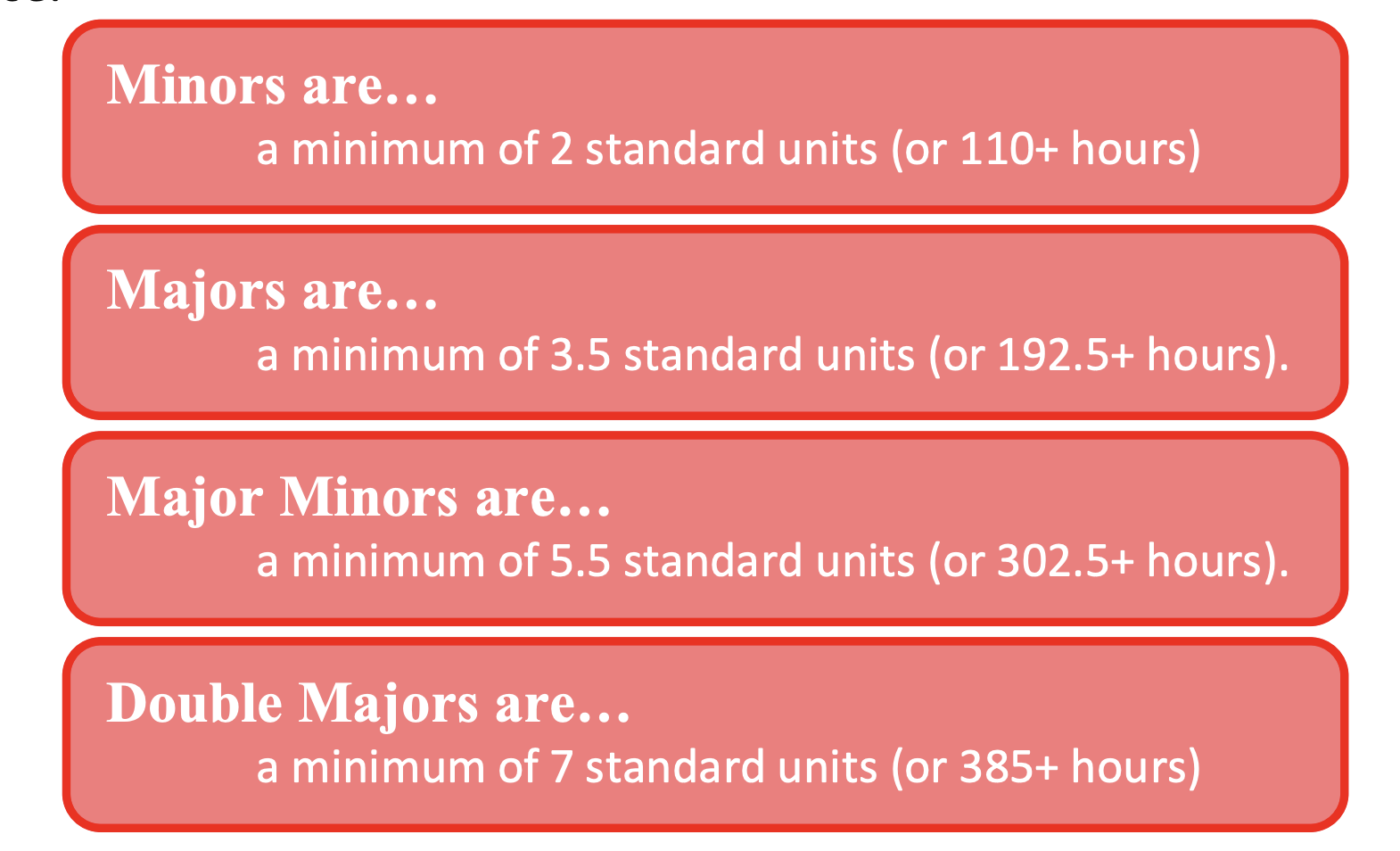Crash Course: The ACT Senior Secondary System
At its core, the ACT Senior Secondary System holds the belief in a more school-centric approach to curriculum development. As such, teachers are in a partnership with the Board of Senior Secondary Studies (BSSS) to determine what subjects will be offered to students and what will be studied within them.
In summary, this means there are no subject-specific external exams connecting all ACT schools; rather individualised school curriculum assessments. A student’s secondary school performance is measured based on their grades within their subjects, as well as moderated state-wide. Moderation occurs every semester to compare the performance of students at other schools completing the same subject and through the ACT Scaling Test (AST). All of this computes Tertiary scores from different schools into ATAR calculations.
Too much? Let’s break it down.
At each College in the ACT, the course and unit offerings will differ. Course options are based on the teaching staff and the school-based curriculum created, whereas units comprise the course. Courses can be either a semester long (1 standard unit) or a term in length (0.5 standard units).
Courses have classifications, such as:

Examples of some courses with these classifications are: Biology (A/T), Construction Pathways (C or A/M/V), Electronics and Mechatronics (A/T/M), and Chemistry (an ANU accredited H course).
Courses can then be categorised as minors, majors, major minors, or double majors. This categorisation is based on the number of standard units (measured by time) completed for a certain course:

Importantly, the maximum number of units that can be attributed to the ACT Senior Secondary Certificate from one course is 8 units.
The ACT Senior Secondary Certificate – This is what your child is working towards. To be awarded the Certificate, your child must complete a coherent pattern of study. This means a completion of a minimum of 17 standard units that consist of at least four different A, T, M, H, C, or E courses.
Alongside the Certificate is the Tertiary Entrance Statement (or TES). To be awarded a TES, your child must complete a minimum of 20 standard units, of which 18 must be under an A, T, M, H, C, or E course classification. Of those 18, at least 12.5 must be T or H courses. The units must also form at least 3 majors and 3 minors, or 4 majors and 1 minor with a maximum of one C or E course and 3 majors and the 1 minor must be T or H courses. Additionally, your child will sit the ACT Scaling Test (or AST) in Year 12. All the above comprises the TES and forms the results in which their ATAR is calculated.
The ATAR has quite a connotation to it. As a ranking system to standardise the student’s performances from each individual state, the ATAR is the go-to number for university applications and tertiary course acceptance. In the ACT, the ATAR is calculated from your child’s best 3 T or H major course scores plus 0.6 of the next best scaled score. Combining to form the Aggregate Score, your child is then ranked. Following this, the ATAR for your child is calculated based on that rank and complicated mathematics that you don’t need to understand.
